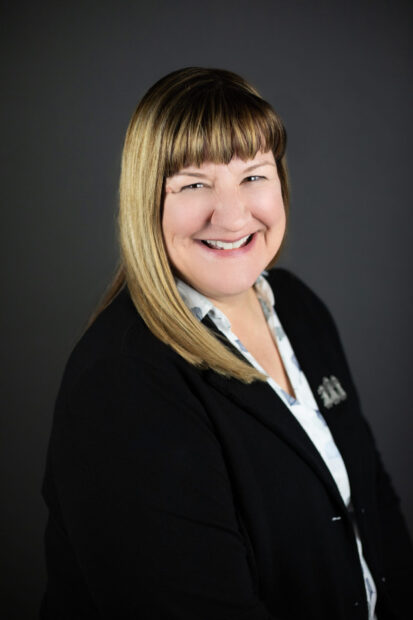The Kuna School Board is struggling with the problem of meeting the educational needs of an increasing number of students while voters oppose more taxes to pay for new schools.
The district expects student enrollment to climb over the next 10 years from just under 6,000 to nearly 10,000, according to a district report.
In the aftermath of the district’s unsuccessful $111.4 million bond issue in March, trustees agreed at a Tuesday board meeting to solicit bids from companies who conduct public opinion research — polling analysis. They want to know why.
“What did we miss?” asked superintendent Wendy Johnson.

“Not knowing why, it is hard to go forward,” Johnson said. “We don’t like to move forward without information that will help inform us to make the right decisions.”
They also listened to a presentation about the pros and cons of a plant facilities levy option, described as a “lease purchase agreement.” The board’s initial reactions to this alternative way of funding new construction were mixed.
“My message to the voters is look what a great deal you were going to get with the bond, with a zero percent increase compared to what we could do this way,” said trustee Joy Thomas.
Kim Nixon said, “It really costs the taxpayer more and they get less.”
Rather than creating long-term debt with a 20- or 30-year bond, the district would establish a 10-year, lease-to-own arrangement with a financial partner. This would allow them to fund new construction projects.
Michael Keith, the district’s financial advisor, said there are only two options for financing capital facilities: a bond and the plant levy, which, depending on how the debt is structured, could only require 55% voter approval. To find out more about Keith’s presentation to the board, use this link.
A 2/3 supermajority is required to pass a bond. Kuna’s bond issue failed with 58.5% support. The district is looking at several projects, including a new elementary school; a classroom wing and athletic facilities at Swan Falls High School; and renovations and additions at Fremont and Kuna middle schools.
Two of Idaho’s largest districts will ask local patrons to approve plant facilities levies for new construction in the upcoming May elections. The West Ada School District is asking for a 10-year, $500 million plant facilities levy and the Idaho Falls District is asking for a 10-year, $33 million plant facilities levy.
Gathering public opinion research
The board agreed to consider bids for the polling analysis, but did not agree to spend any money yet. Johnson did not provide an estimate for what it might cost.
“We would use that data to know how to move forward,” Johnson said. “I feel like I know our community but it is different. There are people moving in from different areas. They don’t always know our story.”
Board members asked how quickly a survey company can get the data aggregated and back to them. Johnson said if they take action next month, she anticipates the results would be ready in July or August, which is enough time for it to be useful before the November election.
The idea of year-round school
Although briefly, the board did discuss the possibility of year-round school to alleviate overcrowding.
“How far away are we from having to do year-round school?” trustee Russ Johnson asked.
“Not far,” superintendent Johnson responded.
“That’s something that we are definitely going to have to seriously consider,” trustee Johnson said.
In some U.S. school districts, to ease overcrowding, schools stagger their schedules so that at least one group of students is always on break while the rest of the school is in session. They divide students into several tracks and have shorter vacation breaks spread over the entire year.
Why did voters reject Kuna’s bond proposal in March?
Trustees expressed their commitment to convincing voters to pay for new facilities, because the growth in Kuna is not slowing.
Despite the school district’s opposition, three new housing developments were approved in the Kuna area. Johnson said the reason that “we spoke against it was we just had a bond fail, and where are we going to put (the kids).”
People said no to the bond because they believe it will stop the growth, but the district just found out that it doesn’t stop new approvals, Johnson said.
“I don’t want to create problems with the city, but these are the facts. They just approved three more developments. That needs to be a fact on social media. I’m sorry, it probably does, so that people can understand why we need a bond for more schools,” said board chairman JD Grant.
The following reasons were compiled from trustee comments during the three-hour meeting.
- Only 2,719 people voted, which is lower than previous elections.
- Some voters said they intended to vote but simply forgot.
- Others expressed unequivocally “no new taxes, no matter what.”
- Opposition came from the agriculture community because the ag program at Kuna High School would not expand and there were no plans to add ag at Swan Falls High School.
- The district’s social media campaign was ineffective.
- Absentee voters favored the bond but those who voted on election day opposed it.
One board member said when parents are faced with 30 kids in their child’s classroom — which is becoming a reality in Kuna — that may sway their opinion.
